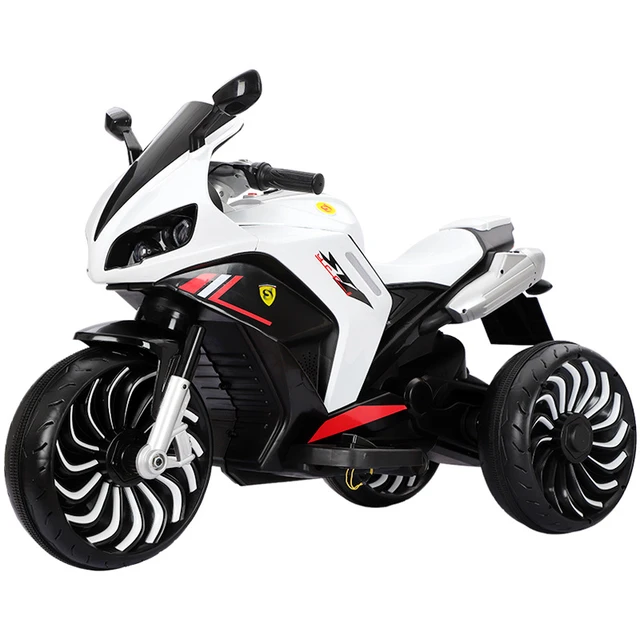Introduction
As a beginner motorcycle rider, it is important to prioritize safety and develop good riding habits from the start. While learning to ride a motorcycle can be exhilarating, it is crucial to be aware of common mistakes that beginners often make. In this guide, we will outline key things to avoid as a beginner motorcycle rider, providing specific tips and precautions to help you ride safely and confidently. By understanding and avoiding these common mistakes, you can enhance your learning experience and lay a solid foundation for a lifetime of enjoyable motorcycle riding.

What not to do as a beginner motorcycle?
Neglecting Proper Training and Education
1.1. Importance of Motorcycle Training
One of the biggest mistakes beginners make is skipping proper motorcycle training. Taking a certified motorcycle safety course is highly recommended to learn essential riding techniques, traffic strategies, and defensive riding skills. Education and training provide a solid foundation for safe and effective motorcycle riding.
1.2. Licensing Requirements
Ensure that you have the appropriate motorcycle license or endorsement as required by your local laws. Riding without the proper license or endorsement is not only illegal but also increases the risk of accidents due to insufficient knowledge and skills.
Choosing an Inappropriate Motorcycle
2.1. Selecting an Overly Powerful Motorcycle
As a beginner, it is important to choose a motorcycle that matches your skill level. Avoid purchasing a motorcycle with excessive power that may be difficult to control. Start with a bike that is suitable for beginners, offering manageable power and a comfortable riding position.
2.2. Consider Weight and Size
Select a motorcycle that you can comfortably handle and maneuver. Avoid heavier or larger bikes that may be challenging to control, particularly in tight spaces or during slow-speed maneuvers. Opt for a bike that suits your physical abilities and riding style.
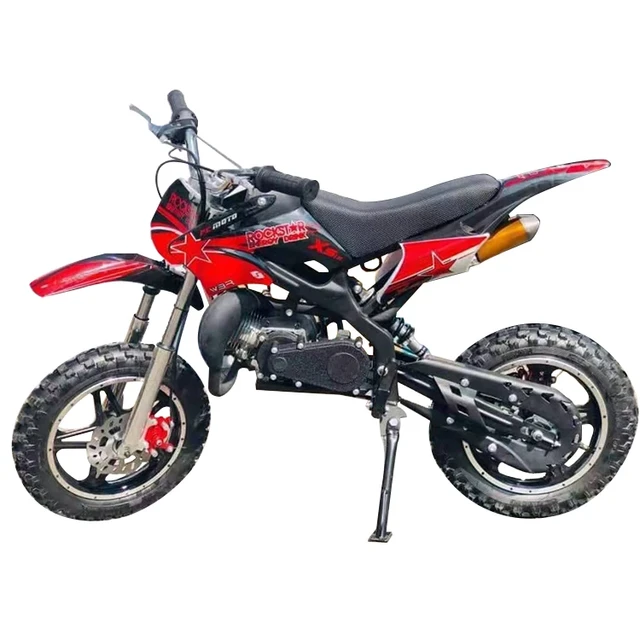
Ignoring Safety Gear and Protective Equipment
3.1. Helmet Neglect
Never neglect wearing a helmet while riding. A helmet is the most important piece of protective gear, offering crucial head protection in the event of an accident. Invest in a well-fitting, certified helmet that meets safety standards.
3.2. Protective Clothing
Wearing appropriate protective clothing is essential for minimizing injuries. Avoid riding in shorts, t-shirts, or open shoes. Instead, invest in gear such as riding jackets, pants, gloves, and sturdy boots that provide protection against abrasions, impacts, and adverse weather conditions.
3.3. Visibility Enhancements
To enhance visibility, especially during low-light conditions, consider wearing high-visibility or reflective clothing. This can significantly improve your presence on the road, making it easier for other motorists to see you.
Lack of Situational Awareness
4.1. Failure to Scan and Anticipate
Developing good situational awareness is crucial for safe riding. Avoid fixating on a static point while riding and instead practice scanning the road ahead, checking mirrors, and being aware of your surroundings. Anticipate potential hazards, such as intersections, blind spots, or sudden lane changes by other drivers.
4.2. Blind Spot Neglect
Do not neglect checking your blind spots before changing lanes or making any maneuvers. Practice proper shoulder checks and use your mirrors effectively to ensure there are no vehicles in your blind spots.
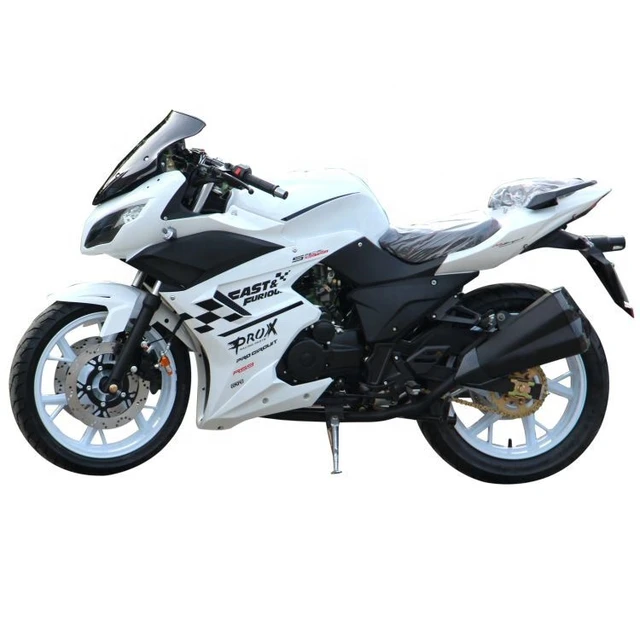
4.3. Distracted Riding
Avoid distractions while riding, such as using electronic devices, adjusting controls, or engaging in conversations that take your focus away from the road. Maintain your attention on the task of riding to effectively respond to changing road conditions and potential hazards.
Inadequate Maintenance and Inspection
5.1. Tire Negligence
Regularly inspect your motorcycle’s tires for proper inflation, wear, and tread depth. Riding with underinflated or worn-out tires can compromise your safety and handling. Avoid neglecting tire maintenance and replace them when necessary.
5.2. Fluid Checks
Regularly check the fluid levels of critical components, including engine oil, coolant, and brake fluid. Inadequate fluid levels can affect the performance and safety of your motorcycle. Follow the manufacturer’s recommendations for fluid changes and top-ups.
5.3. Brake System Maintenance
Do not neglect routine maintenance and inspection of your motorcycle’s brakes. Properly functioning brakes are essential for safe stopping and maneuvering. Regularly check brake pads, rotors, and fluid levels, and address any issues promptly.
Overestimating Abilities and Taking Unnecessary Risks
6.1. Speeding and Aggressive Riding
Avoid the temptation to exceed speed limits or engage in aggressive riding behaviors. Overestimating your abilities and taking unnecessary risks can lead to accidents and potentially serious injuries. Ride responsibly and within your skill level.
6.2. Cornering at High Speeds
Cornering at high speeds requires advanced skills and experience. As a beginner, it is important to take corners at a controlled and safe speed, gradually building your skills and comfort level. Practice proper body positioning and use smooth, gradual inputs when leaning into corners.
6.3. Riding Under the Influence
Never ride a motorcycle while under the influence of alcohol, drugs, or any substances that impair your judgment or coordination. Riding impaired significantly increases the risk of accidents and endangers your own life and the lives of others on the road.
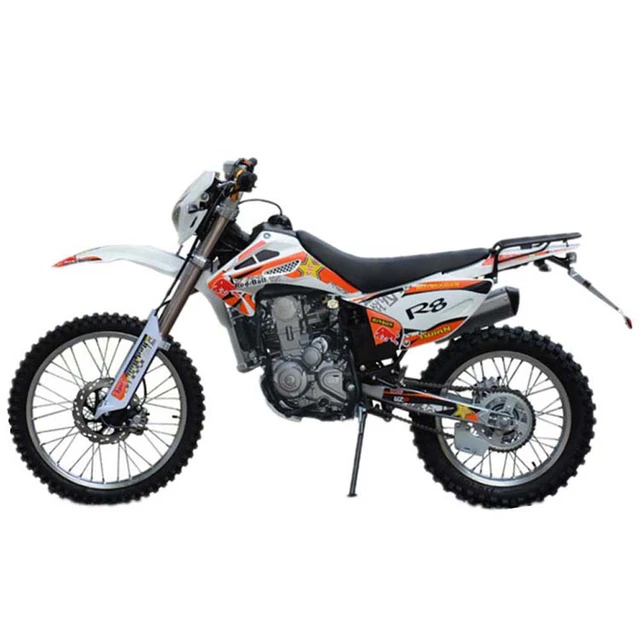
Inadequate Communication and Signaling
8.1. Failure to Use Turn Signals
Proper communication with other road users is crucial for maintaining safety. Always use your turn signals to indicate your intentions when changing lanes, turning, or merging. Avoid sudden or unexpected maneuvers that can confuse or surprise other drivers.
8.2. Lack of Eye Contact
Establishing eye contact with drivers or pedestrians can help ensure that they are aware of your presence and intentions. Avoid assuming that others have seen you or will yield the right of way. Make eye contact whenever possible to confirm mutual awareness.
Ignoring Weather Conditions
9.1. Riding in Adverse Weather
Avoid riding in adverse weather conditions that can compromise your safety and visibility. Heavy rain, strong winds, fog, or icy conditions can significantly increase the risk of accidents. Plan your rides accordingly and be prepared to seek shelter or postpone your trip if necessary.
9.2. Inadequate Gear for Weather
If you must ride in inclement weather, ensure you have the appropriate gear to protect yourself from the elements. Invest in waterproof or water-resistant gear, including rain suits, boots, and gloves, to keep you dry and comfortable.
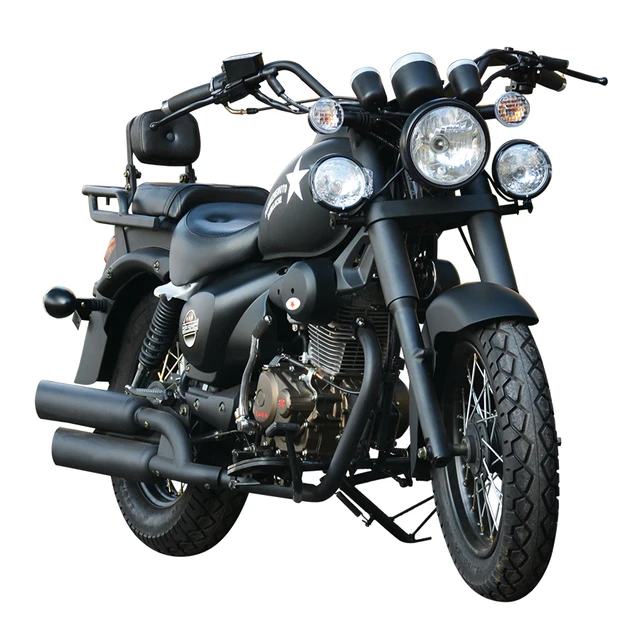
Conclusion
As a beginner motorcycle rider, avoiding common mistakes and developing good riding habits is essential for safe and enjoyable riding experiences. Prioritize proper training and education, select an appropriate motorcycle, and always wear the necessary safety gear. Maintain situational awareness, practice good maintenance habits, and never overestimate your abilities or take unnecessary risks. By avoiding these common mistakes and continuously improving your skills, you can lay a solid foundation for a lifetime of safe and enjoyable motorcycle riding.

